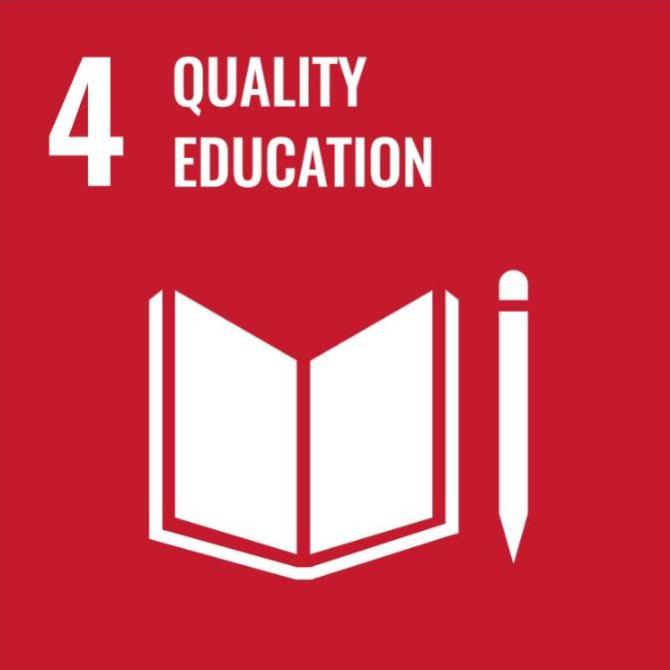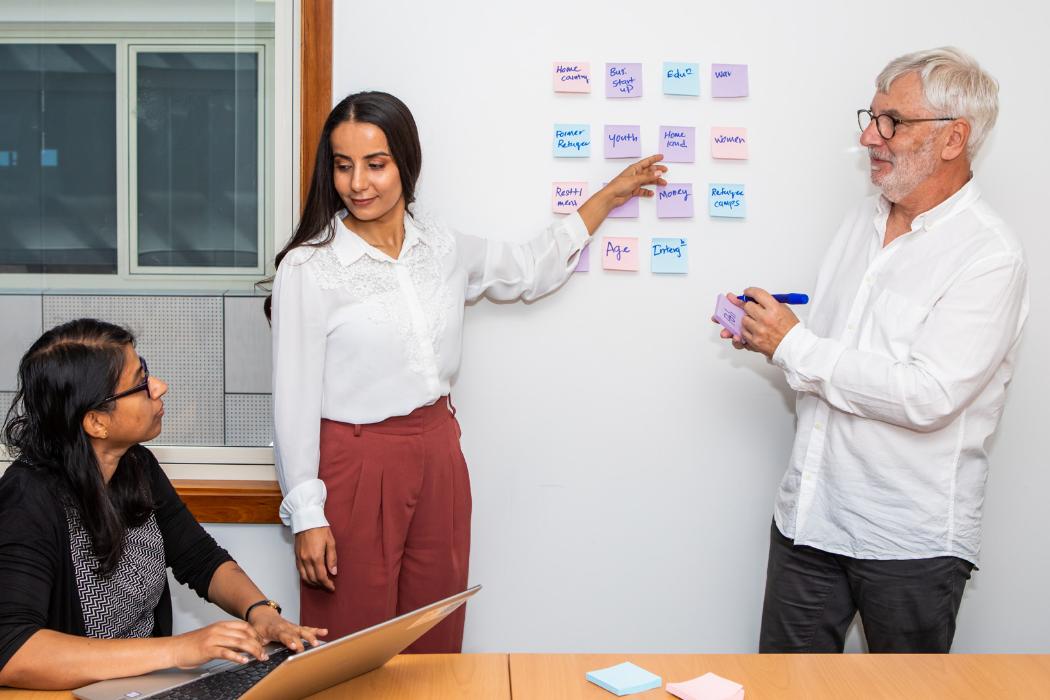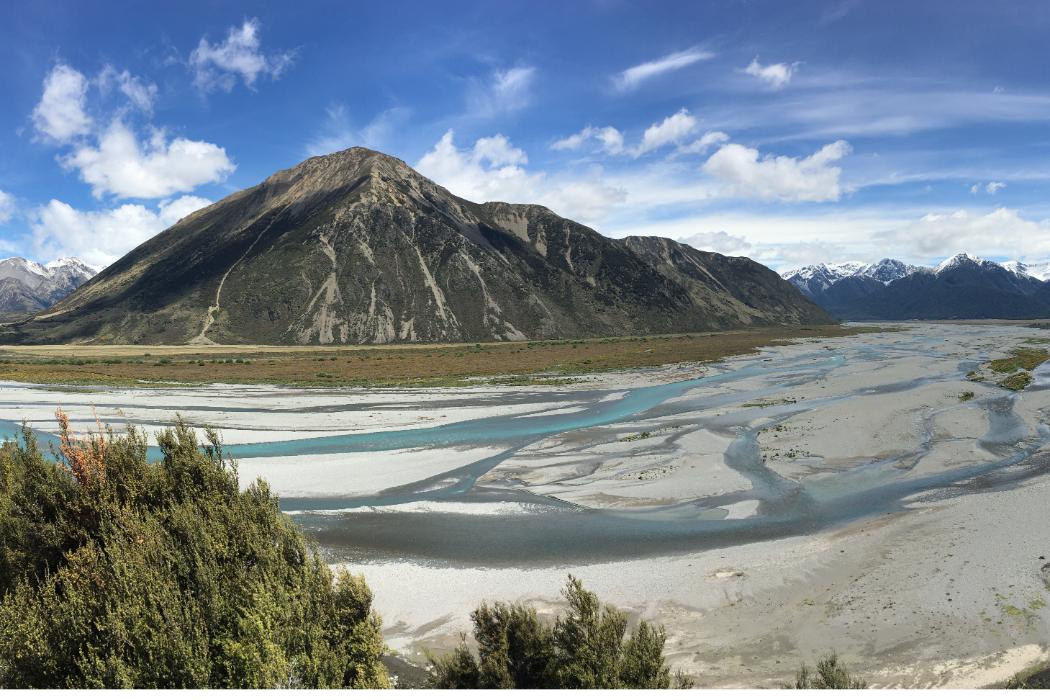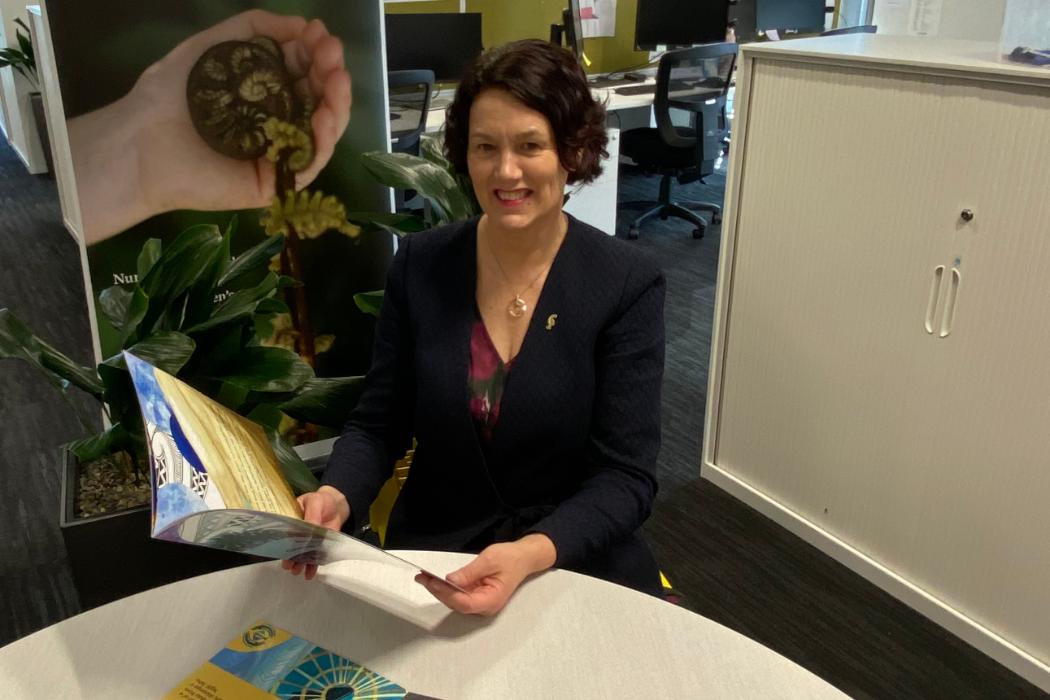“I absolutely love going out to schools with my pet volcanic rocks and doing explosions or working with our iwi partners to explore mātaurunga Māori and science relating to volcanoes with local kura,” he says.
But this can be difficult when there’s only one of him and he’s working with an increasing number of local and national schools with a voracious appetite for his unique brand of accessible, interactive science education for primary aged students.
So when non-profit organisation Te Whare Pūtaiao | House of Science reached out eager to collaborate, it became apparent they’d found the solution to closing the gap and meeting the needs of a highly enthusiastic audience – the revamp, reorganisation and expansion of Professor Kennedy’s existing box of volcano science tricks.
House of Science develop, maintain and deliver hands-on science activity boxes to over 650 schools around Aotearoa New Zealand. Each box they create is focused on a different aspect of science, and a collaboration around volcanoes was immediately attractive to both parties.
Professor Kennedy, a 2019 Teaching Medal winner, says the timing for the partnership was perfect because he’d been developing a number of innovative educational solutions across several national research projects and the collaboration allowed him to not only raise the funds necessary to support the development of the volcano kit, but also pre-purchase a number of the finished products for use in regional centres.
Jane Hoggard from House of Science was behind the design of the finished product, working with Professor Kennedy’s existing toolbox of interactive volcano science experiments from Learning for Earth Ako Futures (LEAF), in addition to cross-disciplinary input from teams across the University of Canterbury.
The centrepiece of the box, a 3D spherical pule of the tectonic plates and locations of volcanoes on Planet Earth, came from an epiphany Professor Kennedy had during fieldwork. It became a reality thanks to the geospatial expertise of Dr Jonathan Davidson and the design expertise of Dr Nick Emerson and his masters student, Rebecca Haisman.
“I had an amazing experience working on the pule project,” Haisman says. “To see it develop from an initial concept to a real product which kids can play with and learn from has been awesome.”
Another benefit of the partnership was the ability to support the University’s ongoing sustainability efforts, Dr Davidson explains.
“Collaborative work like our partnership with House of Science supports the University’s goal of becoming carbon net neutral by 2030, as it allows us to contribute to resources that can be re-used without staff resources or travel.”
House of Science made final tweaks to the kit, including a full te reo Māori translation, following rigorous, hands-on testing by students and teachers across the country last year.
The kits were also test driven at VolcanoFest, an international volcano science event that was held earlier this year in Rotorua, arguably the geothermal capital of Aotearoa New Zealand. They were a huge hit with the global audience in attendance.
The final product was rolled out in June and its popularity has been immediately apparent, with all boxes fully booked for term three, ensuring that before the end of this year, at least 8,500 kiwi students will experience the joy of learning about volcanoes.





